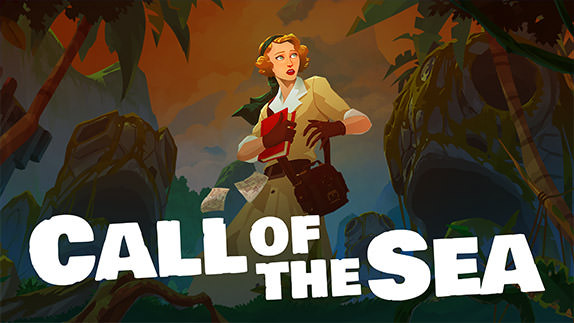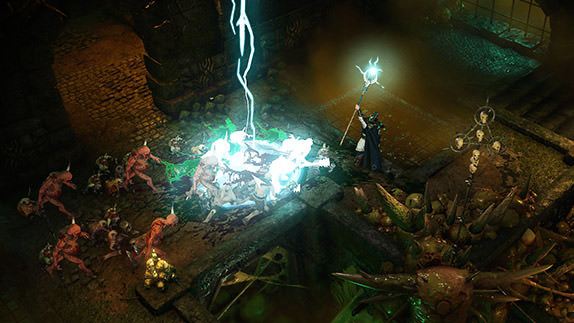Kismet Review

 By Kevin Mitchell
Posted on November 23, 2016
By Kevin Mitchell
Posted on November 23, 2016
A widely different and unique experience for the PlayStation VR platform, Kismet offers players a collection of three activities, meant for daily consumption. Tarot card readings provide a look at the past, the present, and the future, while your daily astrology session provides a real-time map of the solar system, changing the experience based on the alignment of celestial bodies and your birth date. The third activity is a game of wit, always known as the Royal Game of Ur, dating back to 2600 BC.
Unless you are hooked on playing an endless number of games of Ur against the enchanted automaton resembling a stereotypical fortune teller, you won’t be sending more than a few mins in Kismet at a time. Visually, the automaton and the tight feeling tent (when picking Tarot Cards) is visually well-detailed, and the animation is quite impressive. The heavens open in a blinding light, giving way to a crystal clear and accurate representation of the nighttime sky, with the outlines of celestial bodies and stars blinking in the heavens when you want your daily horoscope. When playing the only “game” element in Kismet, you are transported to the barren, lifeless desert.
When you want the automaton to tell your future, you must select three different tarot cards from the deck of cards evenly spread out in front of you. As the cards are revealed to you one at a time, representing the past, present, and future, the automaton provides the deeper meaning behind each one of the cards. There are a limited number of cards, and it is only a matter of time before you have seen all of the available cards. The analysis for each of the cards is generally left open-ended, allowing them to fit with anyone receiving the reading more easily. One detail that I was highly impressed was when you lean in to get a close look at each of the cards. From the back, they appear flat, like typically playing cards, but when flipped over, you’ll notice the layers of details and 3D nature of each of the cards. Lean in even closer, and you’ll hear subtle sound effects coming from the cards. It’s a small touch, but one that adds legitimacy, to using the app in a virtual reality setting.
Instead of purchasing a daily newspaper, Kismet lets players enter their birthday and hear their horoscope while gazing at the beauty of the stars. While developer TK says that your horoscope will change based on your birthday and the current alignment of the stars, I’ve gotten the same horoscope for multiple birth days on the same day. While it may have just been a coincidence (or a bug), I wouldn’t expect two different zodiac signs to give the same horoscope on the same day.
Before Kismet, I never heard of the Royal Game of Ur, but I found the game explained the rules well-enough for anyone to play. The objective involves getting your three pieces to the end goal. If an opposing piece lands on the same square that your game piece occupies, it will be sent to the start of the game board. Getting to the goal can be frustrating, as you must roll the exact number of spaces to win. This means if you are one space away, you must roll a one or you are unable to move. There are other popular board games, such as Trivial Pursuit, that employ similar rules. Rolling the die only takes a single button press, but it would be neat if Kismet supported Move controllers to toss the die instead.
Simply Put
Kismet is more of an app than a full-fledged game, even if it does contain an ancient board game. You can quickly go through each of the three activities within 15 minutes, and there isn’ much to keep you inside the app for much longer. Of course, you may want to return to get your daily horoscope and to see all of the possible Tarot cards. It’s a unique experience that you won’t find elsewhere on the platform.
Note: Kismet was reviewed on PlayStation VR. A digital copy of the game was provided by the publisher/developer.




